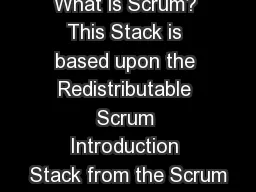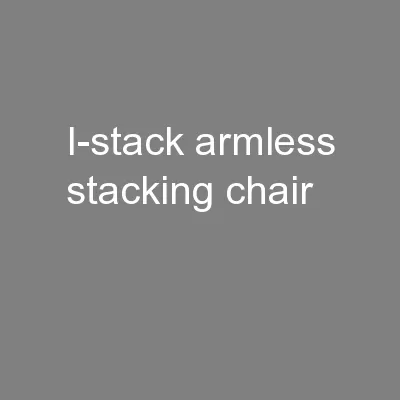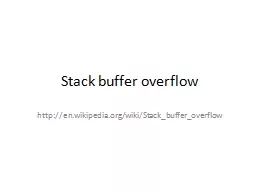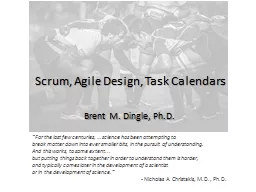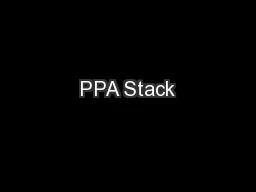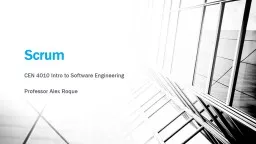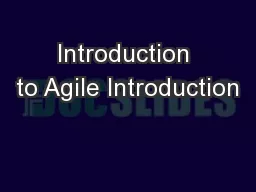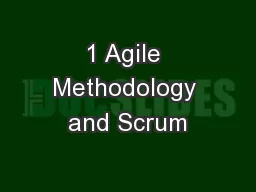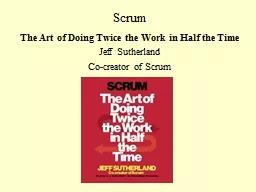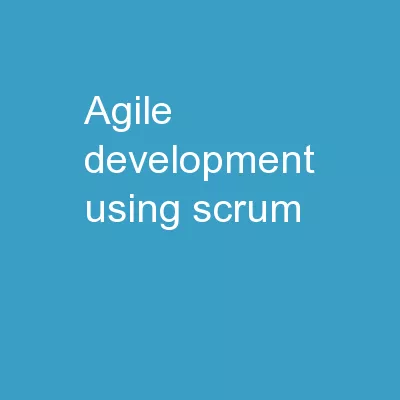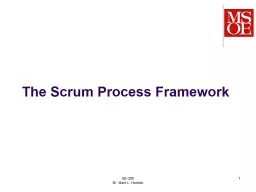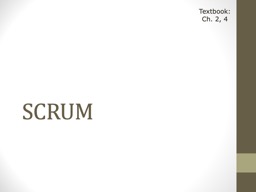PPT-What is Scrum? This Stack is based upon the Redistributable Scrum Introduction Stack from
Author : faustina-dinatale | Published Date : 2018-02-25
This work is licensed under the Creative Commons Attribution NonCommercial ShareAlike License Richard Fennell Engineering Director Black Marble Ltd Origins of Scrum
Presentation Embed Code
Download Presentation
Download Presentation The PPT/PDF document "What is Scrum? This Stack is based upon ..." is the property of its rightful owner. Permission is granted to download and print the materials on this website for personal, non-commercial use only, and to display it on your personal computer provided you do not modify the materials and that you retain all copyright notices contained in the materials. By downloading content from our website, you accept the terms of this agreement.
What is Scrum? This Stack is based upon the Redistributable Scrum Introduction Stack from: Transcript
Download Rules Of Document
"What is Scrum? This Stack is based upon the Redistributable Scrum Introduction Stack from"The content belongs to its owner. You may download and print it for personal use, without modification, and keep all copyright notices. By downloading, you agree to these terms.
Related Documents

